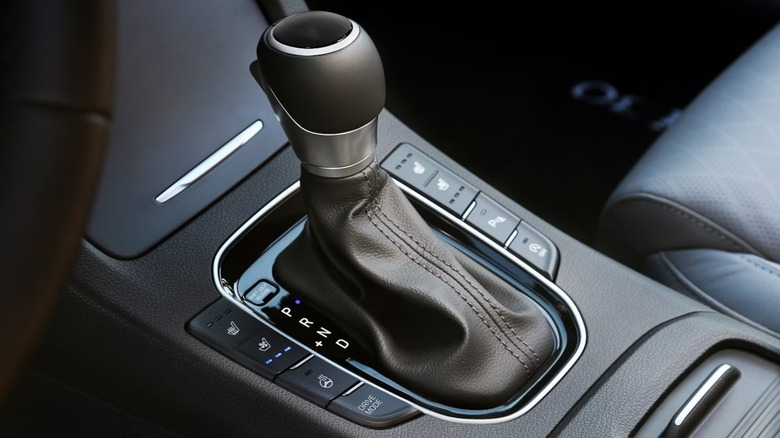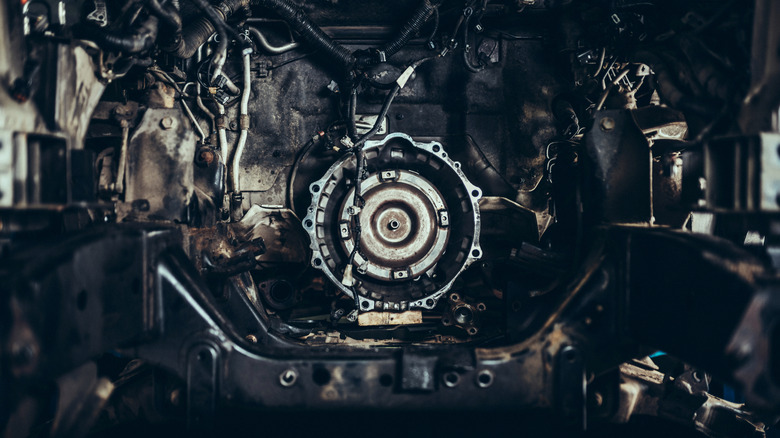What Does DCT Stand For And How Does The Auto Tech Work?
DCT stands for Dual-Clutch Transmission, and it essentially brings the best worlds of automatic and manual transmissions together by doing away with the need for a manual clutch. At its core, it operates like two manual transmissions working together. Two separate clutches are used here, where one manages the odd-numbered gears while the other takes care of the even-numbered gears. The two clutches are mounted on coaxial shafts. This dual arrangement allows the system to pre-select the next gear while the current one is still engaged, enabling shifts that happen in just eight milliseconds. That's smoother and faster than what any human driver can pull off.
Moreover, the system replaces the torque converter found in traditional automatics with multi-plate wet clutches, cooled by fluid to manage heat and reduce wear. These clutches are controlled with precise electronic and hydraulic coordination, allowing shifts to occur without breaking power flow. As a result, the DCT delivers continuous torque from the engine to the wheels, unlike conventional automatic gearboxes that pause during shifts.
It's worth mentioning that this concept itself isn't new. It actually dates back to the 1930s when Adolphe Kégresse — a French combat engineer — first envisioned a clutchless, self-shifting gearbox. Sadly, his prototype never materialized. But cut to the 1980s, and the idea was revived in motorsports by Porsche. This culminated in the now-iconic PDK transmission, which made it to our list of the best transmissions ever. From there, it trickled into more mainstream production vehicles like the Volkswagen Golf R32 in 2003.
Today's systems come with added flexibility. Many models allow drivers to switch between automatic and manual-sequential modes for more hands-on control. This is typically done using paddle shifters or a gear lever.
What DCT does better (and what it doesn't)
DCTs are known for their fast gear changes and efficiency gains. They help the vehicle accelerate more smoothly by maintaining consistent power delivery. They also make better use of engine output, which can improve fuel economy. For instance, Hyundai claims that its 7-speed DCT delivers up to 20% better fuel efficiency than a traditional automatic. This makes these systems a natural fit for high-performance vehicles, where keeping the engine in its optimal power band is critical. The system keeps one gear engaged while another is disengaging, which allows a seamless torque delivery by keeping the engine engaged at all times.
However, DCTs are not without quirks. Their finesse can fall short in stop-and-go traffic or parking situations. Since the system depends on selecting the "next" gear in sequence, it can hesitate when starting from a complete stop, especially if the driver applies more throttle than needed. This leads to jerky or overly aggressive takeoffs. Reversing on inclines is another sore spot, as the computer can get confused about which clutch to engage, causing delays or unexpected lurches. Hiccups are particularly noticeable during rapid deceleration, since the transmission moves through each gear in order and isn't designed to skip gears.
That said, these issues were more pronounced in earlier DCT models. While some mechanical limitations still exist, modern systems — especially those using wet clutches and smarter control logic — have made notable improvements. Many DCTs now approach the low-speed refinement of traditional automatics. And if you're wondering about the difference between DCT and CVT (continuously variable transmission), the latter still has the edge in smoothness at low speeds. Still, for those who value performance, responsiveness, and control, the advantages offered by DCTs outweigh the trade-offs.

